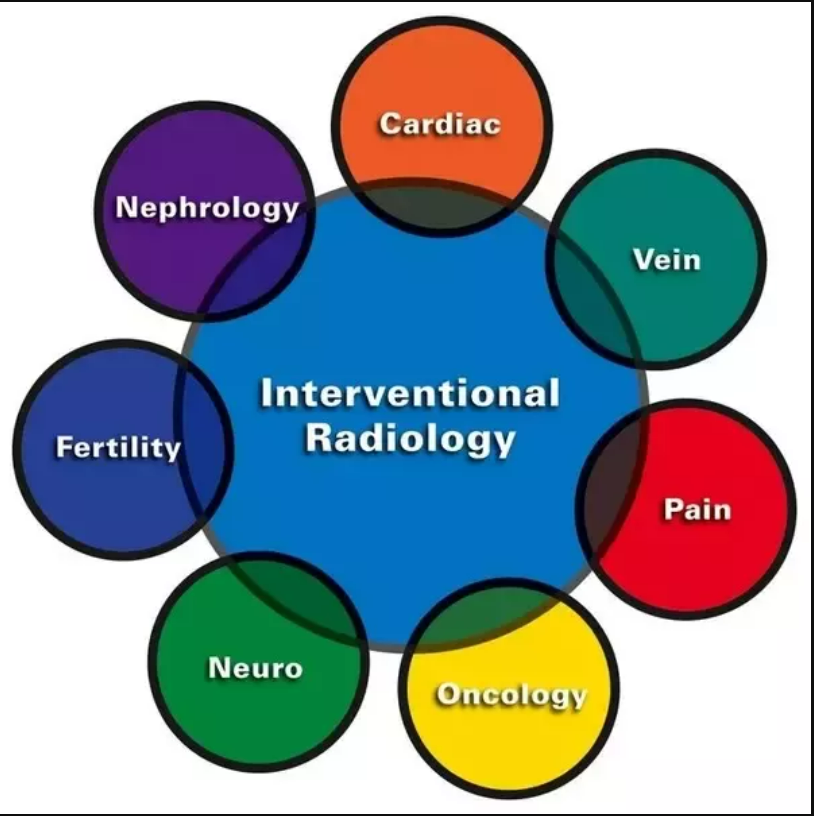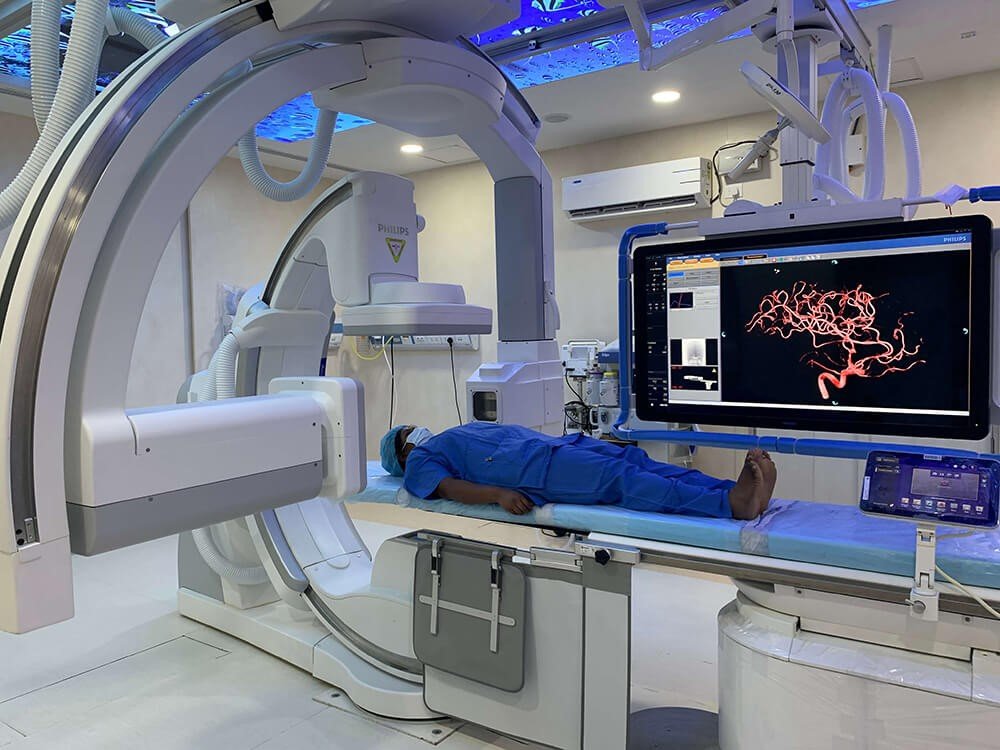What is interventional radiology?
Interventional radiology is a field of medicine that encompasses sophisticated techniques used in the diagnosis, treatment and prevention of diseases of the heart and vessels. It is a subspecialty of medicine that involves inserting therapeutic devices into the body, such as catheters, stents, balloons, needles and other devices. The field is complex and requires a wide array of training in various branches of medicine, such as cardiology, vascular surgery and interventional radiography.
Vascular interventional radiology is a subspecialty of radiology that specializes in procedures performed on blood vessels. In recent years, there has been steady growth in both the number and types of interventional radiology procedures performed. Vascular interventional radiology encompasses procedures that are performed on blood vessels, including catheterization and angioplasty.
What are the conditions/ illnesses Interventional Radiology Treats?
A vascular doctor is a medical specialist that performs diagnostic and therapeutic procedures on the circulatory system, especially on veins and arteries, with the goal of preventing or treating vascular diseases. (Think of a vascular specialist as a “doctor of blood”, as opposed to the more common term “doctor of cardiology”.) Interventional Radiology is a specialty that has grown to include the treatment of a wide range of vascular diseases, such as varicose veins, deep vein thrombosis, arterial disease, and restenosis.
What are the different types of Interventional Radiology?

Interventional Radiology is a subspecialty of Radiology that deals with the diagnosis and treatment of conditions of the vascular system. In interventional radiology, physicians and others make a variety of medical interventions to diagnose and/or treat vascular conditions. These interventions include a variety of procedures, such as catheterization, angioplasty, stenting and embolization.
Importance of this procedure
Getting an Interventional Radiology procedure is an important choice, but you should consider all your options before making a final decision. Many people have questions about Interventional Radiology procedures and the benefits and risks associated with them.
The Interventional Radiology procedure is the only imaging test that can predict if you will have a venous ulcer. It can also help to determine if you should undergo a Simple Skin Fold (SSF) test and/or Stress Test at the same time.
Here is why getting this procedure is important:
1. A venous ulcer is a large area of open sore on the legs and lower arms.
2. If you have a venous ulcer, you could develop chronic venous insufficiency (CVI).
3. Chronic venous insufficiency can lead to varicose veins.
4. Varicose veins can cause pain and ulcers.
What are the benefits of interventional radiology?
An interventional radiologist is a doctor who specializes in the use of imaging techniques such as angiography (e.g. an ultrasound) and X-ray procedures to diagnose and manage diseases, injuries, and conditions of the blood vessels, nerves, and other organs of the body.
The benefits of interventional radiology are multiple and varied. The ultimate goal of interventional radiology is to help patients improve their quality of life. The treatment plan following an interventional radiology procedure aims to improve the patient’s health status and minimize the risk of complications.
Typical Interventional Radiology Procedures
Vascular interventions are procedures performed to treat varicose and spider veins by using a catheter or other device inserted through a vein into the skin and surrounding tissues. Radiologic and other imaging studies may also be done to determine the extent and size of the veins so that the vein can be treated efficiently. The types of vascular interventions performed depend on the patient’s medical condition, the location of the varicosities, and additional factors such as the health of the vein.
Interventional radiology procedures are very common, and include:
- Endovenous microwave ablation for varicose vein treatment.
- Venous duplex ultrasound.
- Venous duplex ultrasound and duplex femoral vein scan.
- Duplex ultrasound with colour duplex.
- Venogram.
- Venogram with Doppler and colour Doppler.
- Venogram with ultrasound.
- Venogram with CT/CTA (Computed tomography / Computed tomography angiography).
- Venogram with angiogram.
- Venogram with angiogram and CT.
- Venogram with angiogram and Doppler.
- Venogram with angiogram and duplex Doppler.
- Venogram with angiogram and colour Doppler.
- Venogram with angiogram and colour Doppler and CT
What are the risks/side effects/complications?
Interventional radiology procedures are done by a radiologist who inserts a catheter through the skin and into the body. The catheter is then used to perform diagnostic or therapeutic procedures, such as biopsies, angioplasties, and other treatments.
The risks of interventional radiology procedures include bleeding, infection, and damage to nearby organs. Complications can also occur during or after the procedure.
The side effects of interventional radiology procedures include pain and discomfort in the area where the procedure was performed.
Dr. Jathin is one of the best varicose vein surgeons in India, who has a special interest in both varicose vein surgery and interventional radiology. He aims to attain the highest standards of practice, and to be an example of the best possible care for his patients. If you are searching for an Interventional Radiologist, Dr. Jathin is an excellent choice.





